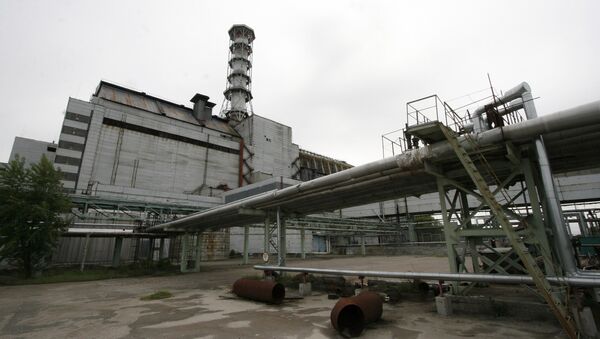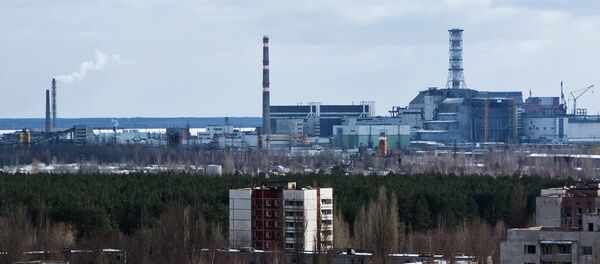The accident forced the evacuation of hundreds of thousands of people from their homes in Ukraine, western Russia and Belarus.
In the early hours of April 26, 1986, workers at the Chernobyl atomic power station in the then Soviet republic were carrying out a test on reactor four when operating errors and design flaws sparked successive explosions.
Radioactive debris landed around the reactor, creating an apocalyptic scene, while material also blew into the neighboring Soviet republics of Belarus and Russia and further into Western Europe.
Two workers were killed by the explosion and 28 other rescuers and staff died of radiation exposure in the following months.
Tens of thousands needed to be evacuated and fears still remain concerning the scale of damage to people's health.
“We hope that together with the donor-countries, we will build a reliable and safe cover for the damaged reactor to forever protect Ukrainians and other peoples from a repetition of the 1986 tragedy,” Ukrainian President Petro Poroshenko said when attending a memorial ceremony held Sunday at the site of the Chernobyl plant.
The casing around the ruined nuclear reactor at Chernobyl is crumbling, causing a renewed radioactive contamination risk. A new cover for the site is under construction — but the project is running out of funding.
There will be a shortfall of 600 million euros by the end of the year.
Construction is proving to be more expensive than expected, and funding more difficult to obtain. A Ukrainian government construction freeze now threatens the project.
According to official reports, 600,000 “liquidators,” involved in firefighting and clean-up operations, were exposed to high doses of radiation. More than 8 million people in Belarus, Ukraine and Russia were exposed to radiation.
More than 155,000 sq. km of territories in the three countries were contaminated.
Over 400,000 people were resettled, but millions continued to live in an environment where residual exposure created a range of adverse effects.



